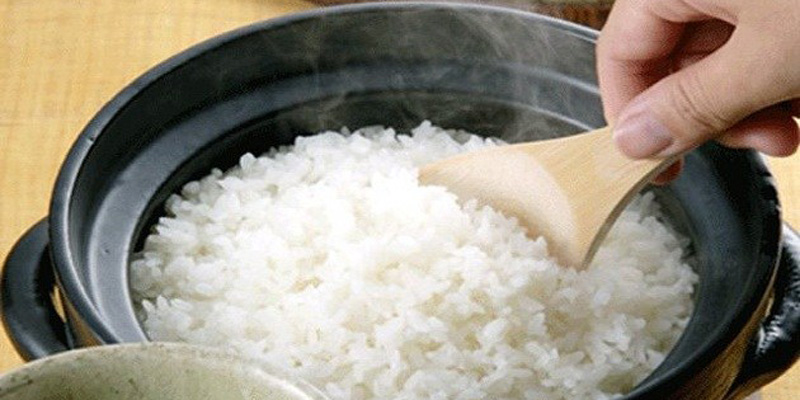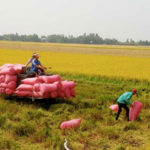How to Identify Rice Containing Chemicals

# Comparison Table:
| Criteria | Standard Rice | Rice with Chemicals |
| — | — | — |
| Aroma | Natural fragrance of rice bran. | Scent of artificial flavoring, which dissipates over time. |
| Post-cooking State | Grains are sticky, with a natural aroma and subtle sweetness, free from odd flavors. | Grains are crumbly and not sticky, lacking the typical rice flavor. |
| Rice Grain Appearance | Grains are uniform, plump, with minimal breakage, and few yellow grains. Some bran may stick to your hand. | Appears shinier and whiter than standard rice. |
| Cooked Rice Left Overnight | No noticeable change. | Turns into a different color (yellow or red). |
The Health Risks of Consuming Rice Treated with Chemical Preservatives

To extend the shelf life of rice and prevent mold and insects, some traders treat rice bags with chemicals and artificial fragrances, making the rice more appealing. However, these chemicals do not react immediately but accumulate in the body and can lead to severe health issues and even cancer over time.
There are two types of preservatives and flavorings: plant-derived and synthetic. Due to the higher cost, most vendors opt for cheaper synthetic chemicals.
*It is crucial to purchase rice from reputable sources and keep the identification methods mentioned above in mind to protect your and your loved ones’ health.*
*Reference: suckhoedoisong.vn*
You may also like:
– [Why a Piece of Paper is Your Secret Weapon When Buying Rice](https://meo.tips/wp-content/uploads/2023/12/gao-1-150×150.jpg)
– [The Ultimate Guide to Choosing the Best Rice with Just a Piece of Paper](https://meo.tips/wp-content/uploads/2023/12/mach-ban-c-7-150×150.jpg)
– [3 Warning Signs of Excess Belly Fat and Its Potential Health Risks](https://meo.tips/wp-content/uploads/2024/02/dau-hieu-co-the-co-nhieu-mo-bung-0949-150×150.jpeg)
– [The Comprehensive Guide to Choosing and Storing Rice for Perfect Fluffy Results](https://meo.tips/wp-content/uploads/2024/07/cach-chon-1-12-150×150.jpg)
– [Your Trusted Guide to the Best Places to Buy Jasmine Rice in Ho Chi Minh City](https://meo.tips/wp-content/uploads/2024/07/5-dia-chi-1-1-150×150.jpg)
“Beware of Counterfeit Toothpaste: How to Spot the Fakes and Avoid a Costly Mistake”
Toothpaste, an essential item in our daily oral care routine, is also susceptible to counterfeiting. The consequences of inadvertently purchasing and using inferior products are indeed concerning. It is imperative that we, as discerning consumers, exercise caution and make informed choices when selecting toothpaste for ourselves and our loved ones.
Eco-Friendly Rice Farming: The Key to Pure and Secure Rice
When it comes to choosing rice, you may notice that there are numerous products of the same rice variety, yet their quality varies significantly. This article aims to delve into this intriguing phenomenon and provide you with a deeper understanding of the factors that contribute to these differences in quality.






































